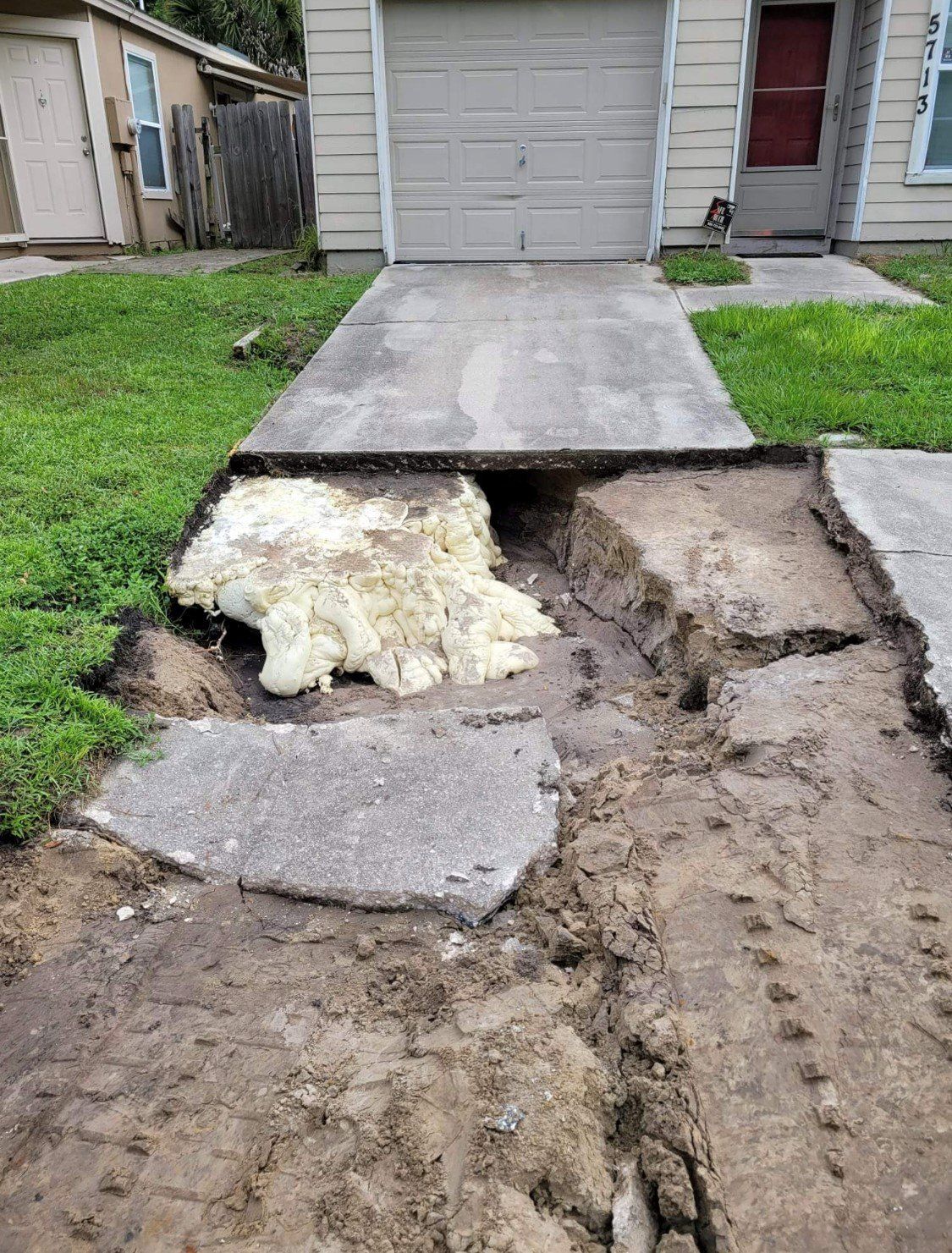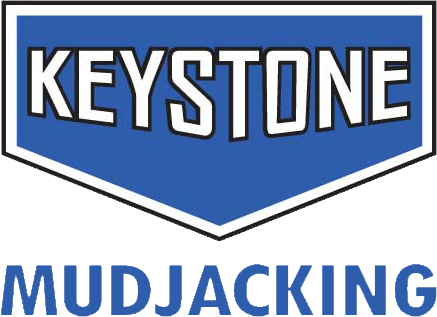MUDJACKING VS. POLYURETHANE FOAM
At Keystone Mudjacking, we do not use polyurethane foam. The traditional sand & concrete slurry method of mud jacking is tried and true. It has been in use for over 60 years. There is always the temptation to use a newer or “latest and greatest” method when one comes along in any field. We were tempted to change methods, as equipment used for polyurethane is much cheaper and far easier to transport. Before making the transition, we did some research.
At Keystone Mudjacking, we have no opinion on whether other companies should use this material and method of concrete repair. We do, however, feel it would be irresponsible of our company to switch to this process, given the consensus among experts that it may be detrimental to the health and safety of our valued customers and employees.
Since we do not have a chemist or environmental expert on staff, we had to rely on government agencies and the industry professionals to reach a decision. Below, please find the statement of facts as provided by the Environmental Protection Agency and other experts. Direct links to these sites have been provided so you can read these findings for yourself.

Want to learn more about Mudjacking? Click here to learn more
THINGS TO CONSIDER
- Concrete that has polyurethane foam attached to it cannot be accepted at the landfill and must be taken to a toxic waste facility. In some cases it is the homeowner's responsibility to do so.
- Exposure to the contaminants toluene diisocyanate, methylene chloride, hydro eurotoxins and carcinogens has been shown to cause cancer in animals.
- Per the EPA the production and use of Spray Foam includes some pretty serious chemicals to be pumped into the soil near your home.
- Polyurethane (even the best foam) breaks down in 10-12 years under normal concrete.
- Potential links between the use of Polyurethane foam and cancer have been reported as recently as 2016.

